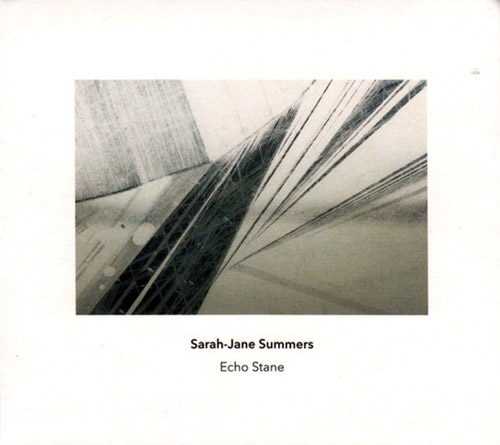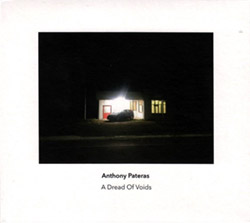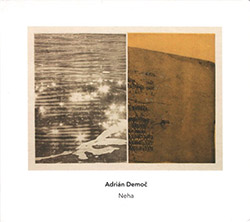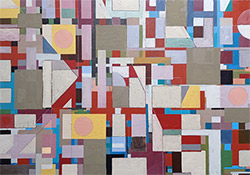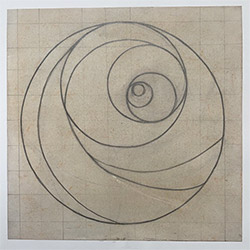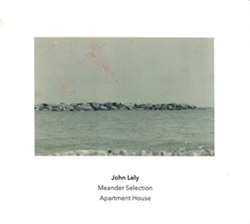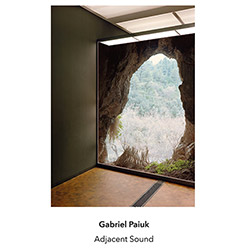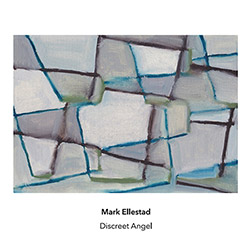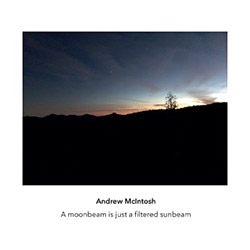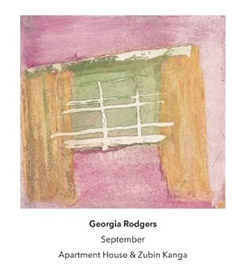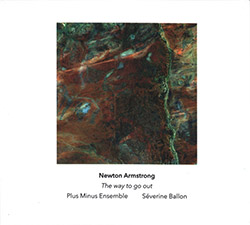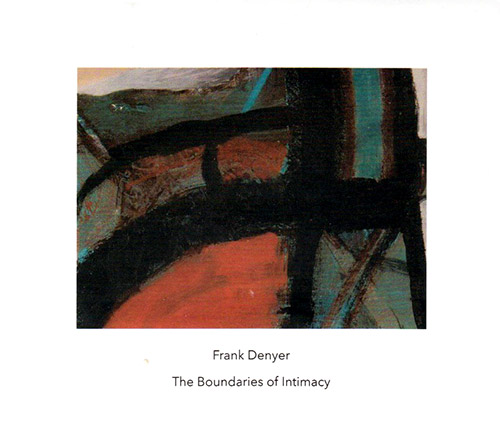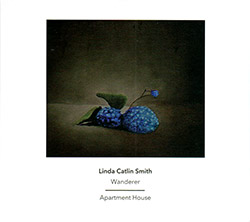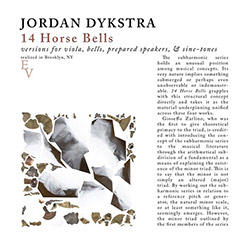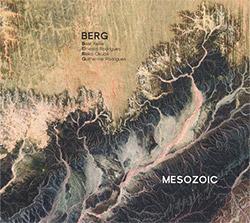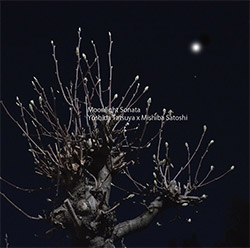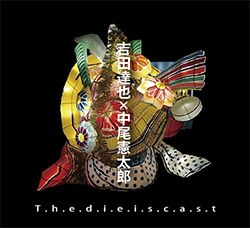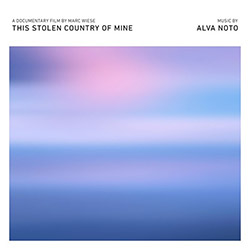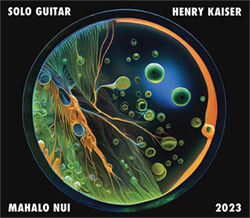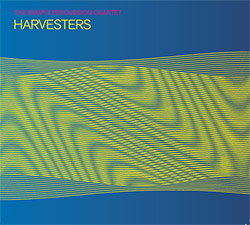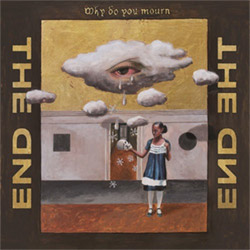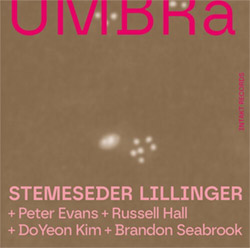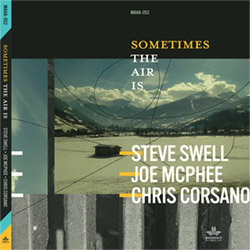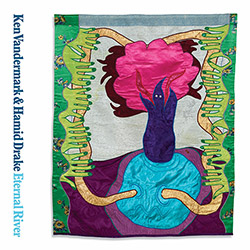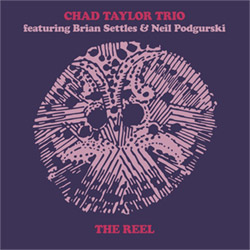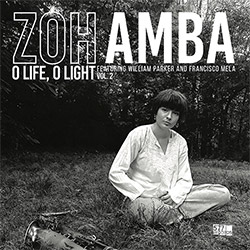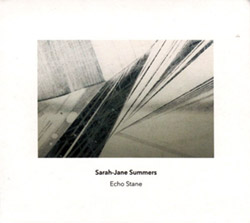
Performing solo on the Hardanger fiddle, a Scottish folk instrument for which Sarah-Jane Summers holds a masters degree from the Norwegian Academy of Music, the composer and improviser entered the studio to develop these nine experimental pieces, reworking each piece into its fascinating blend of modern contemporary music that harkens back to folk tradition.
In Stock
Quantity in Basket: None
Log In to use our Wish List
Shipping Weight: 2.00 units
Sample The Album:
Sarah-Jane Summers-Hardanger fiddle
Click an artist name above to see in-stock items for that artist.
Label: Another Timbre
Catalog ID: at211
Squidco Product Code: 33455
Format: CD
Condition: New
Released: 2023
Country: UK
Packaging: Cardboard Gatefold
Recorded at Ugla Lyd, in Nesodden, Norway, on June 28th and 29th, 2022,by Juhani Silvola.
Another Timbre Interview with Sarah-Jane Summers
When I received your submission, I didn't know who you were or anything about you. So can you tell us a bit about yourself and your musical background?
I'm a fiddle and Hardanger fiddle player, originally from Inverness in the North of Scotland, but I've lived in Norway since 2010. I got bagpipe lessons at school, but gave up to focus on the fiddle. I was taught by the late Donald Riddell (1908-1992), who learnt his fiddling from a distant relative of mine, Alexander Grant of Battangorm (1856-1942). It always meant a lot to both Donald and me that he could give the gift of the tradition back to my family.
I also have a Master's degree in Norwegian traditional music and improvisation on Hardanger fiddle from The Norwegian Academy of Music in Oslo. Although I deeply love traditional music, I've always felt that not all emotions can be expressed equally well within its structure. This led me to explore the outer reaches of my instrument from an early age. I have also been particularly inspired by the attack, internal development and decay of sounds within electronic music and have applied this inspiration to a solo acoustic setting. I'm a composer-performer and improviser, with a deep of love sound, and I've been concerned for a long time with integrating timbre- and texture-based music with a pitch-based approach.
To me, genre is not important; I simply love music that has deep integrity. I work a lot with my husband, Finnish guitarist, Juhani Silvola. We've released three duo albums of forward-looking traditional music, and one with music we wrote for a chamber orchestra. I also love taking abstract photographs, dark chocolate (the darker the better) and knitting.
I know nothing about traditional music, and when I googled you and saw that most of your work was in the folk tradition, I assumed your submission wouldn't be right for me. But in addition to appreciating the quality of the musicianship, there was something in the music you sent that, to my surprise, engaged me strongly. So we went through a process of me sending feedback, and then you sending over more pieces, recording a few more, and so on. Could you describe how this worked from your end?
Juhani Silvola recorded, mixed and produced all of my solo albums, and also had that role in this album. We've worked together extensively for over a decade, so we were delighted when you took an active role in shaping this album. Another Timbre's music resonates deeply with me, so it was an invaluable opportunity to get feedback from someone I respect, and whose tastes align with mine, someone who places deep integrity at the core of the music. I'm so close to both my music and to Juhani (we're married) that the new energy and perspectives were very refreshing. A combination of humility and knowing which voices to trust in life almost always leads to positive outcomes. In addition to emailing back and forth with you, I also read an online interview with you before going into the studio, which helped focus my mind.
I'm interested in you saying that 'not all emotions can be expressed' within the structure of traditional music. Could you say more about this? What are the emotions you wanted to address or express in the music, and do you often develop music that goes beyond the existing conventional forms and genre boundaries?
Scottish traditional music is essentially narrative. I first became aware that, for me, not all emotions fit within this structure when I was a teenager. For me, music is an opportunity to bypass the thinking brain, to give free rein to the subconscious, whose expression is often bypassed, or even feared, in our sterile, timetable-driven modern world. Quite simply, not all experiences can be expressed melodically. Sometimes searing pain is best expressed by a scream; sometimes the wonder of watching floating seed heads glinting in the sunlight and disappearing in the shade is best expressed through floating in and out of the sunlight of harmonics juxtaposed against the relative shade of pitchless notes. Whose identity is expressed at the end of the day - the music's or mine - I don't know (and maybe 'expressed' isn't actually the right word here). Once I find a starting point that feels meaningful on a subconscious level, I let it develop naturally; I become secondary to its natural development. It's as if I become the vehicle for the music's pre-determined form of self-expression. So, I prefer not to put too much focus onto emotions, now I think more about it.
How much improvisation is involved when you record pieces such as these? And how much of it is written out as a score?
I entered the studio with absoutely no plan. My wish was to use only the Hardanger fiddle, but I had the fiddle and viola with me as well, just in case. So it was entirely open.
Every piece started as an improvisation. Either I would choose a starting point, or Juhani would suggest one, and I would see where it led. It could be as simple as 'really high, fast, but not aggressive'. Once I found a shape I liked, I did, however, do several takes, all very different of course, but very much within a theme. Sometimes it became further refined with each take. Other times, the uninhibited flow I wanted existed only in the original take, where any potential interference from the mind was bypassed by instinct, by being in the moment.
This raises the question of whether the pieces I did several takes of are improvisations or compositions. This becomes even more relevant if you take into consideration that folk musicians often don't write down compositions and often have an improvisatory aspect to their performances. I almost always start the compositional process by improvising, even when I write score-based and fully written-out pieces. So, this was a microcosm of my normal working practice. I have since written out the shape of some of the pieces, learnt them, and have even performed a couple of them as compositions. So I'd say they now sit somewhere between compositions and planned improvisations.
I did actually have a pre-planned piece with me, which I recorded several versions of, but it didn't make it to the album; I could hear the mind too much. It was as if the flow was restricted by the plan.
Is there much crossover in the audiences you have on the one hand for your more experimental music, and on the other for the more traditional music? Or are they two clearly compartmentalised audiences?
Very little, I imagine, but I don't really know. I was delighted when someone told me at a recent folk festival that she had a copy of - and had listened to - all of my albums. It means a lot when people take the time to actively listen to all of my music in this world of over-bombardment and musical compartmentalisation.
Before I released VIRR, my first album of experimental music (in 2017), I wondered if I should release my more experimental music under an artist name, as opposed to my own name, which had become associated with traditional music. For many reasons, I didn't. Using different names would only serve to further separate my different musical sides and potentially prevent me from seeking a way to merge them. A split musical personality is confusing for Spotify algorithms, but artistic integrity must win over algorithms.
The title of some of the pieces on 'Echo Stane' nod towards the narrative aspect of traditional music that you mentioned before, and are different from the titles you find on most Another Timbre CDs. Can you explain a few of them to us?
I'm from a farm in the North of Scotland, so I have a particular interest in land and weather terms. All the titles on this album are Scots terms, most of which I found in the beautiful book 'A Scots Dictionary of Nature' by Amanda Thompson. They just leapt off the pages and seemed to belong to this music. I see them as creating an image rather than a narrative. These are some of my favourites:
Shadow Half - the northern exposure of the land; the shady side.
Echo Stane - a black, hard stone, full of holes, common in meadows and bogs... Their cavities make them of a sound-returning nature.
Airtans - the act of placing towards a certain quarter of the heavens; direction or tendency.
King's Weather - the exhalations arising from the earth on a warm day.
"A Hardanger fiddle (Norwegian: hardingfele) is a traditional stringed instrument considered to be the national instrument of Norway. In modern designs, this type of fiddle is very similar to the violin, though with eight or nine strings (rather than four as on a standard violin) and thinner wood. The F-holes of the Hardanger fiddle are distinctive, oftentimes with a more “sunken” appearance, and generally straighter edges (unlike the frilly, swirly F-holes of a violin). Four of the strings are strung and played like a violin, while the rest, named understrings or sympathetic strings, resonate under the influence of the other four. These extra strings are tuned and secured with extra pegs at the top of the scroll, effectively doubling the length of a Hardingfele scroll when compared to a violin. The sympathetic strings, once fastened to their pegs, are funneled through a “hollow” constructed fingerboard, which is built differently than a violin’s, being slightly higher and thicker to allow for these extra strings. The resonant strings lie on the center of the special bridge, attached to extra hooks (or fine-tuners) on the tailpiece. Carved out within the center of the bridge is a smaller secondary “bridge”, or opening, designed specifically for these resonant strings to pass through. This is where the resonance is picked up and reverberated; as notes are played, the vibrations are sent through the bridge, where the sympathetics echo those notes.
The Hardingfele’s bridge is unique compared to other bowed instruments. It is somewhat taller and wider, resulting in the strings being slightly lower and farther apart; this allows for the easy execution of double-stops (playing of two strings at once). A similar technique is seen in some American old-time and bluegrass fiddlers, who intentionally move their bridge back a few millimetres closer to the tailpiece, for better double-stops.
The hardingfele is used mainly in the southwest part of Norway, whereas the ordinary violin (called flatfele, 'flat fiddle', or vanlig fele, 'common fiddle') is found elsewhere. The hardingfele is used for dancing, accompanied by rhythmic loud foot stomping. It was also traditional for the fiddler to lead the bridal procession to the church.
The instrument is often highly decorated, with a carved animal (usually a dragon or the Lion of Norway) or a carved woman's head as part of the scroll at the top of the pegbox, extensive mother of pearl inlay on the tailpiece and fingerboard, and black ink decorations called 'rosing' on the body of the instrument. Sometimes pieces of bone are used to decorate the pegs and the edges of the instrument.
The earliest known example of the hardingfele is from 1651, made by Ole Jonsen Jaastad in Hardanger, Norway. Originally, the instrument had a rounder, narrower body. Around the year 1850, the modern layout with a body much like the violin became the norm."
Artist Biographies
• Show Bio for Sarah-Jane Summers Sarah-Jane Summers is a Scottish composer and Hardanger fiddle player based in Norway. She works in the genres of traditional Scottish/Norwegian music, improvised, and experimental forms. She has a Master's degree in Norwegian traditional music and improvisation on Hardanger fiddle from The Norwegian Academy of Music in Oslo. ^ Hide Bio for Sarah-Jane Summers
4/26/2024
Have a better biography or biography source? Please Contact Us so that we can update this biography.
Track Listing:
1. Airtan 7:22
2. Shadow Half 4:24
3. The Feeding Storm 4:57
4. Upsun 5:59
5. Mirrie Dancers 3:17
6. Echo Stance 5:25
7. Mirk Monanday 4:52
8. The King's Weather 4:37
9. Eftergang 4:24
Compositional Forms
Stringed Instruments
Improvised Music
Solo Artist Recordings
European Improvisation, Composition and Experimental Forms
New in Compositional Music
Search for other titles on the label:
Another Timbre.


